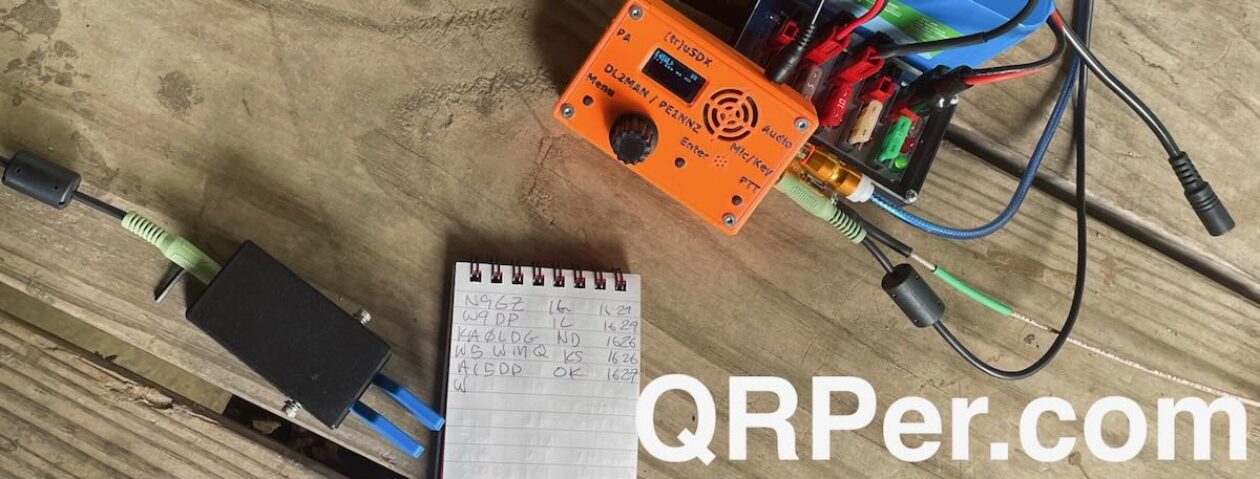Welcome to QRPer Notes, a collection of links to items making waves in the world of radio!
HB9HCI’s FT8 Box
Many thanks to Jean-François (HB9MCZ) who writes:
I just wanted to mention a very interesting little box [available from Lutz Electronics:
With this magic FT-8 box and a little power bank, all you need to make FT8 in SOTA expeditions is your smartphone.
I don’t own this product, but found it might interest many people visiting your excellent website.
Best 73′ from Switzerland,
JF (HB9MCZ)
Lab599 Discovery TX-500 Covers
 Many thanks to Mike (KG4MTN) who writes:
Many thanks to Mike (KG4MTN) who writes:
Hi Thomas,
I have just received a nice set of 3D screen/keyboard covers from KB7MDB for my TX-500. Along with these covers he included 5 screw-on plug covers. All appear to be nicely made and fit my rig just fine. Cost was $15, which includes shipping. I have the 2-cover set, I believe he also makes a single-cover unit. Mine is black but I think he also makes them in orange. Shipping is very prompt. His Etsy site is Brewer 3D Design LLC.
Stay warm!
Mike Serio
KG4MTN
Click here to view/purchase on Etsy.com.
Maxpedition Pocket Organizer BOGO Sale

Many thanks to Ray (K8DRT) who reminds us of an ongoing sale at Maxpedition’s main website. The sale includes a number of popular Organizer Pouches including the Fatty which I use for my Elecraft AX1 antenna, and their smaller EDC organizer that I’ve used for a number of radio accessories, logging pads, and EDC items over the years.



















